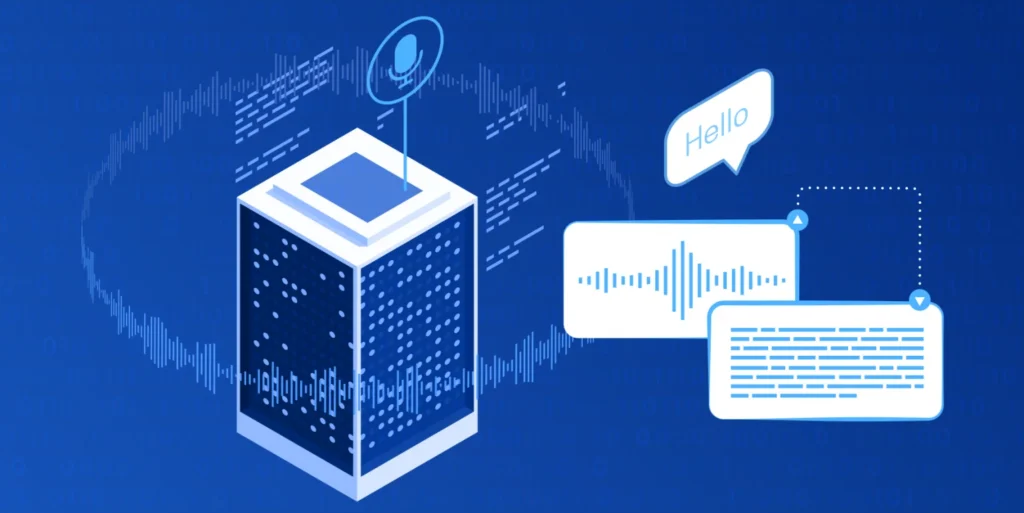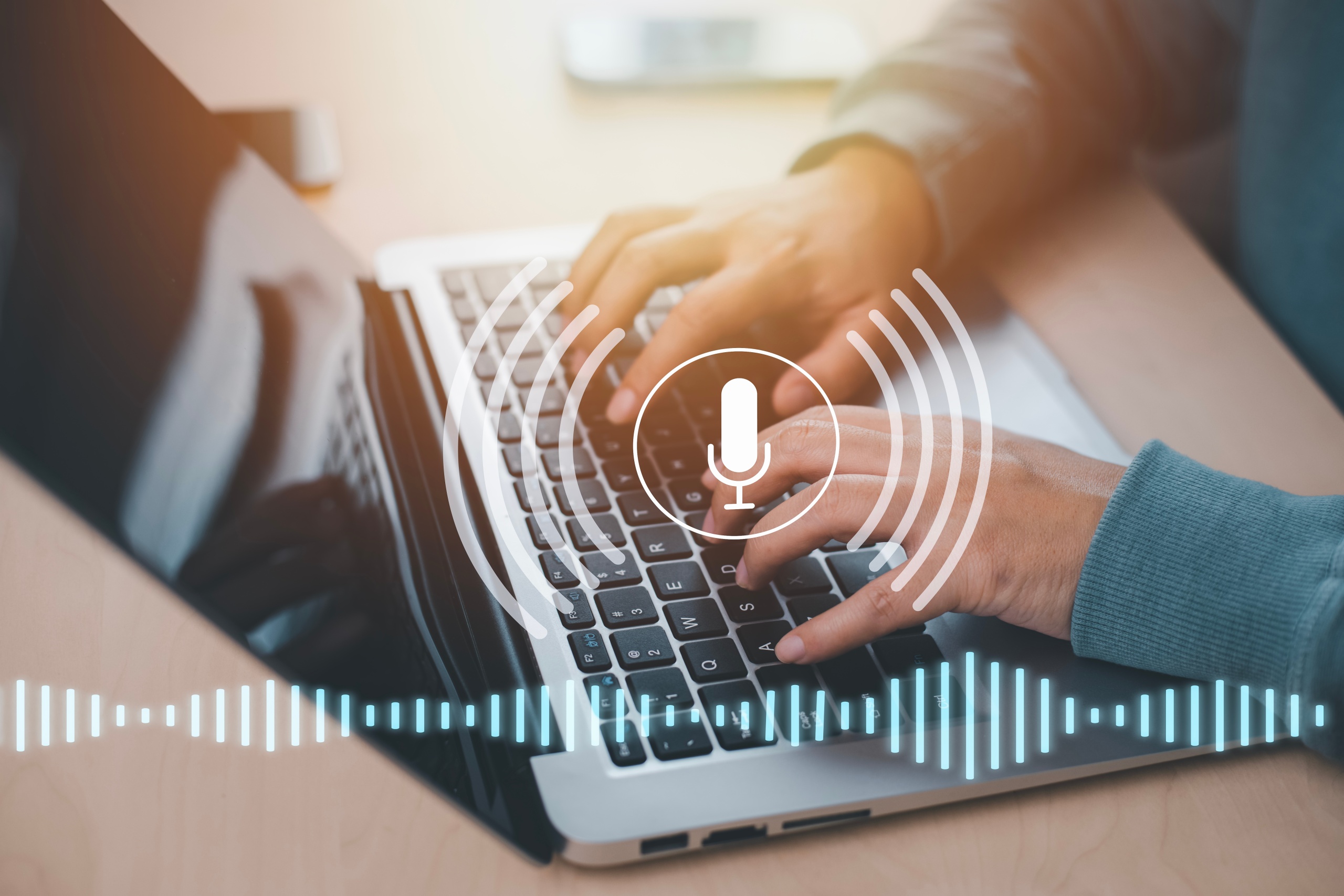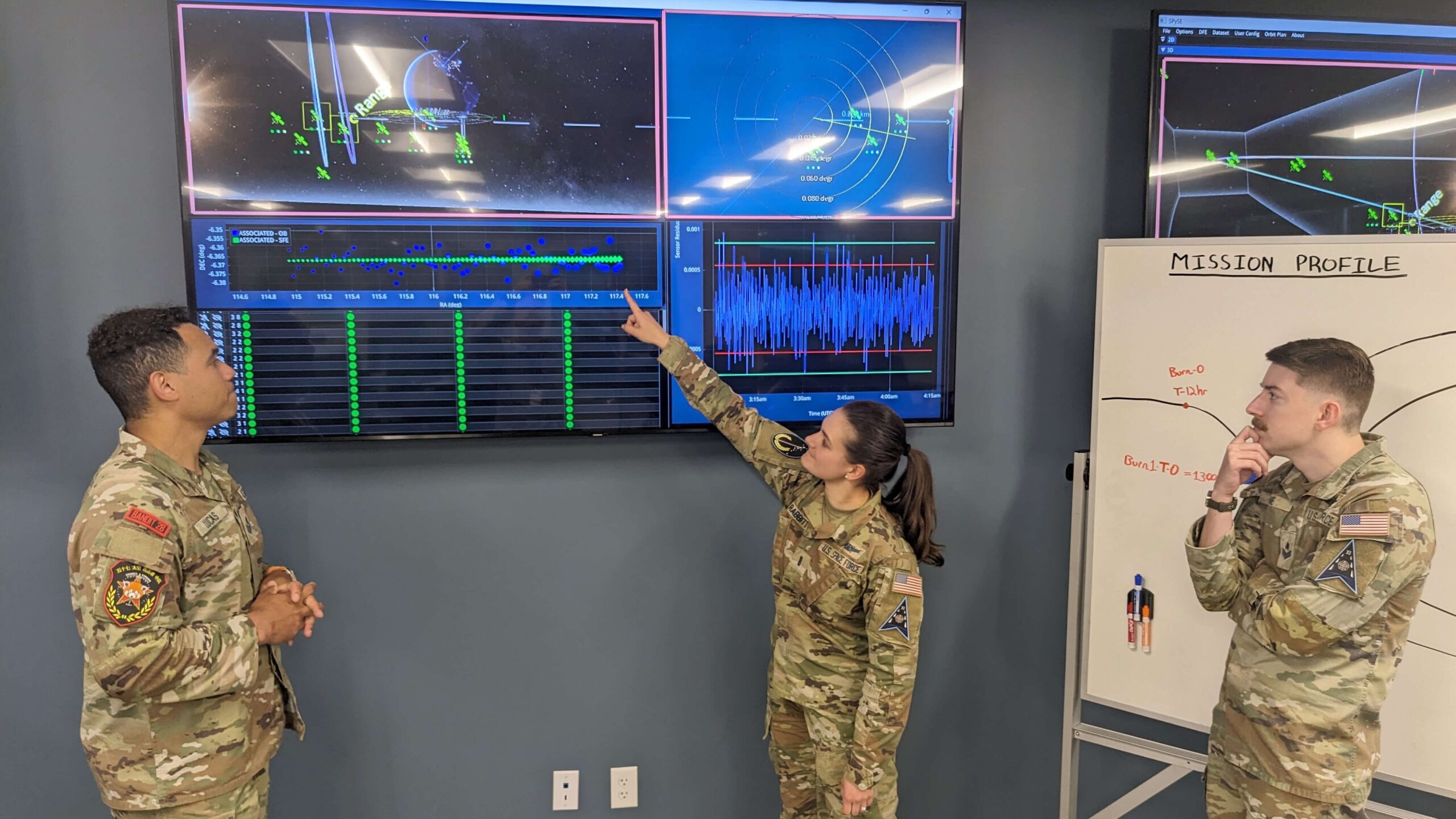Are you tired of spending hours transcribing audio or video recordings? As someone who has had to do it countless times, I completely understand the frustration. But what if I told you there was a solution that could make your life so much easier? With ASR transcription, accurate automated transcriptions are now possible! This is the ultimate guide to understanding and utilizing ASR transcription services.
Whether you’re a student taking notes from lectures or a business professional needing to transcribe meetings and interviews, ASR transcription can save you time and effort. In this article, we will dive into the world of ASR (automatic speech recognition) technology and how it works to produce fast and precise transcriptions. We’ll also discuss its benefits, limitations, tips for using it effectively, and compare it to other forms of transcription. So let’s get started on mastering the art of ASR transcription!
So, asr transcription?
Automated Speech Recognition (ASR) technology has revolutionized the way we transcribe audio and video recordings. With its ability to quickly and accurately convert spoken words into text, ASR has become an essential tool for businesses, researchers, journalists, and many other professionals.
In this guide, we will explore everything you need to know about ASR transcription – from how it works to tips for achieving accurate results. Whether you are new to using ASR or looking to improve your current transcription process, this guide will provide valuable insights and strategies.
What is Automated Speech Recognition?
Automated Speech Recognition is a technology that uses algorithms and machine learning techniques to analyze audio recordings and convert them into written text. It works by breaking down the speech signal into smaller units called phonemes – which are then matched with words in a database. This process allows the software to recognize patterns in speech and accurately transcribe it into text.
How does Automated Speech Recognition work?
The first step in ASR transcription is recording the audio or video file that needs to be transcribed. The quality of the recording can greatly affect the accuracy of the transcription, so it’s important to use high-quality equipment.
Once recorded, the file is uploaded onto an ASR software platform where it goes through several stages of processing:
1) Acoustic modeling: In this stage, background noise is removed from the recording using filters.
2) Phonetic analysis: The speech signal is broken down into individual phonemes.
3) Language modeling: The software uses statistical language models based on word frequency data to match phonemes with words.
4) Post-processing: After generating a rough draft of the transcript, post-processing algorithms clean up any errors or inconsistencies.
Tips for Achieving Accurate Transcriptions
While automated transcription can save time and effort compared to manual methods, there are still some factors that can affect its accuracy. Here are some tips for achieving more precise results:
1) Use high-quality audio: As mentioned earlier, the quality of the recording is crucial for accurate transcription. Make sure to use a good microphone and record in a quiet environment.
2) Speak clearly and at a consistent pace: ASR technology works best when it can recognize patterns in speech. Speaking too fast or slurring words can lead to errors.
3) Train your ASR software: Some platforms allow you to train the software by providing it with samples of your voice or specific vocabulary. This can improve accuracy for specialized terms or accents.
4) Proofread and edit: While ASR technology has come a long way, it is not yet 100% accurate. It’s important to proofread and edit the transcript for any mistakes or inconsistencies.
Conclusion
ASR transcription has greatly improved the efficiency and accuracy of transcribing audio and video recordings. With its ability to quickly process large amounts of data, businesses and professionals can save time and resources on manual transcription methods.
By understanding how ASR works and implementing these tips for achieving accurate results, you can make the most out of
Understanding the Mechanism of ASR Technology for Transcription
Automatic Speech Recognition (ASR) technology is like a magic bridge between spoken words and written text. It works by capturing sound waves through microphones, converting them into digital signals. These signals are then analyzed using complex algorithms that break down the audio into smaller parts, much like how we learn to recognize letters from sounds. The system identifies patterns in these sounds to match them with known words or phrases stored in its database. This process involves several stages:
- Acoustic modeling – determining how speech sounds correspond to phonetic units.
- Language modeling – predicting which words are likely to come next based on context.
- Decoding – converting the processed data back into readable text.
As ASR continues evolving, it’s becoming even more sophisticated in understanding different accents, dialects, and languages. Imagine having a conversation with someone who knows exactly what you mean, no matter your pronunciation! With advancements in machine learning and artificial intelligence, these systems can now adapt over time by learning from previous interactions. They improve their accuracy as they encounter new vocabulary or speakers’ styles. Additionally, integrating ASR into various applications—from virtual assistants like Siri and Alexa to transcription services—enhances productivity and accessibility for everyone involved.

Benefits and Limitations of Using ASR Technology for Transcriptions
Automatic Speech Recognition (ASR) technology has transformed how we create transcriptions from spoken language. One of the most significant benefits is its speed. Imagine a meeting where notes are taken as fast as everyone speaks; ASR can capture every word in real time, making it invaluable for professionals who need accurate records quickly. Additionally, this technology enhances accessibility for those with hearing impairments, allowing them to follow conversations through text displayed on screens. Its ability to process multiple languages and accents makes it versatile too, capable of adapting to diverse environments—from corporate boardrooms to casual podcasts.
However, ASR isn’t without its limitations. The accuracy of transcriptions can vary significantly depending on factors like background noise or overlapping speech, leading to errors that may require extensive editing later on. Furthermore, while many systems are improving in understanding context and idiomatic expressions, they still struggle with nuances such as tone or sarcasm that a human would naturally comprehend. This means users might need to invest time in reviewing the output meticulously before relying on it for important documents or legal matters.
In summary, while ASR offers remarkable advantages for quick and inclusive communication, it’s essential to remain mindful of its current shortcomings when considering its use.
Read also: dragon speech recognition software download
Tips For Maximizing Accuracy With Automated Automatic Speech Recognition Transcriptions
When working with automated speech recognition (ASR) transcriptions, achieving high accuracy can feel like a tricky puzzle. First and foremost, clear audio is essential. To enhance sound quality, consider using high-quality microphones that capture voices without background noise. Speaking at a steady pace helps too; rapid words can confuse the software. Additionally, providing context can be beneficial. If possible, share key vocabulary or specific phrases that are likely to appear in the conversation. This way, the ASR system becomes more familiar with your content and improves its understanding.
Another vital tip involves post-transcription editing. Even though ASR has come a long way in terms of precision, it’s still wise to review transcripts carefully after they are generated. Look for common pitfalls such as homophones—words that sound alike but have different meanings—and fix any awkward phrasing or grammatical errors. Use tools like spell check and grammar checkers to catch minor mistakes that could slip through unnoticed.
Lastly, leveraging training options within some ASR systems allows you to customize them further by teaching them your unique speech patterns over time—a fantastic approach for maximizing accuracy!
Comparing Automatic Speech Recognition Transcription to Other Methods: Pros and Cons
When we think about how to turn spoken words into written text, there are several methods, but **automatic speech recognition (ASR)** stands out for its speed and efficiency. Imagine speaking into a device and almost instantly seeing your words appear on the screen! This technology can save time for busy people like students, journalists, or anyone who needs to create notes quickly. However, it’s not perfect. ASR might struggle with accents or background noise, sometimes leading to mistakes that require careful editing later on.
On the other hand, traditional transcription methods—like hiring a person to listen and type—have their own set of benefits. A human transcriber can catch nuances in speech that machines often miss; they understand context better and can recognize emotions in voices.
Yet this method is typically slower and more costly than ASR. Many prefer a blend of both techniques: starting with ASR for speed then having an expert review the text for accuracy. Each approach has unique advantages that cater to different needs; finding the right balance is essential depending on whether you’re aiming for efficiency or precision.
- ASR Pros: Speedy processing
- ASR Cons: Errors with dialects
- Human Transcription Pros: Contextual accuracy
- Human Transcription Cons: Time-consuming
You may also like: text to speech.org
Embracing a Future with Efficient & Accurate ASR transcriptions.
As technology evolves, the demand for efficient and accurate ASR (Automatic Speech Recognition) transcriptions becomes more vital in our daily lives. Imagine a world where conversations—whether in meetings, lectures, or even casual chats—are effortlessly captured and transformed into text. This innovation not only saves time but also enhances accessibility for everyone. With the power of advanced algorithms and machine learning, ASR systems can convert speech to text with remarkable precision. The result is cleaner transcripts that ensure no important detail gets lost in translation.
Moreover, these systems offer numerous advantages across various fields. For instance:
- Accessibility: Individuals who are hard of hearing benefit greatly from clear transcripts.
- Record Keeping: Businesses can maintain accurate records of discussions without manual note-taking.
- Research Assistance: Academics can easily turn hours of interviews into searchable documents.
The continuous improvements in ASR technology promise an exciting future where communication barriers dissolve, fostering inclusivity and understanding among people from all walks of life. Embracing this advancement leads us closer to a society enriched by shared ideas—and isn’t that the essence of progress?



